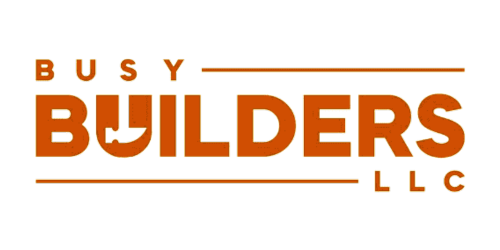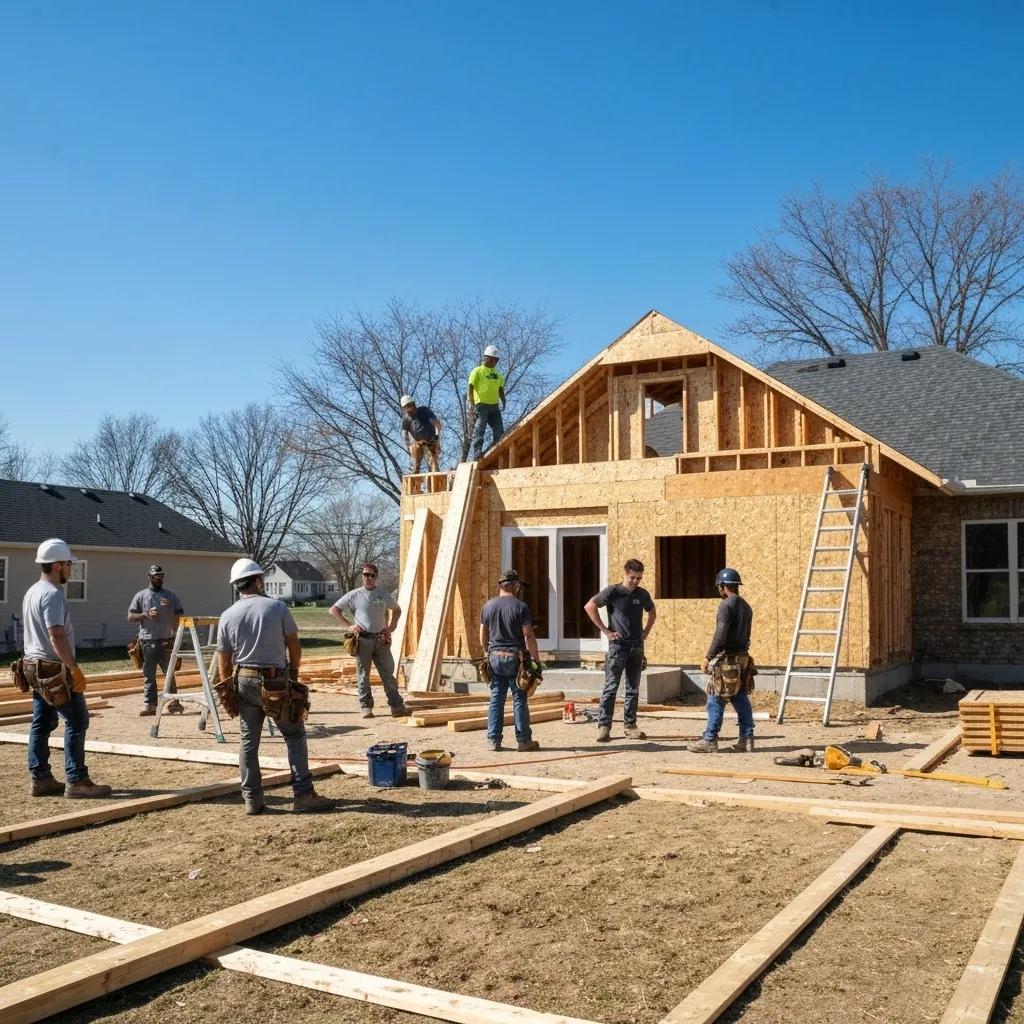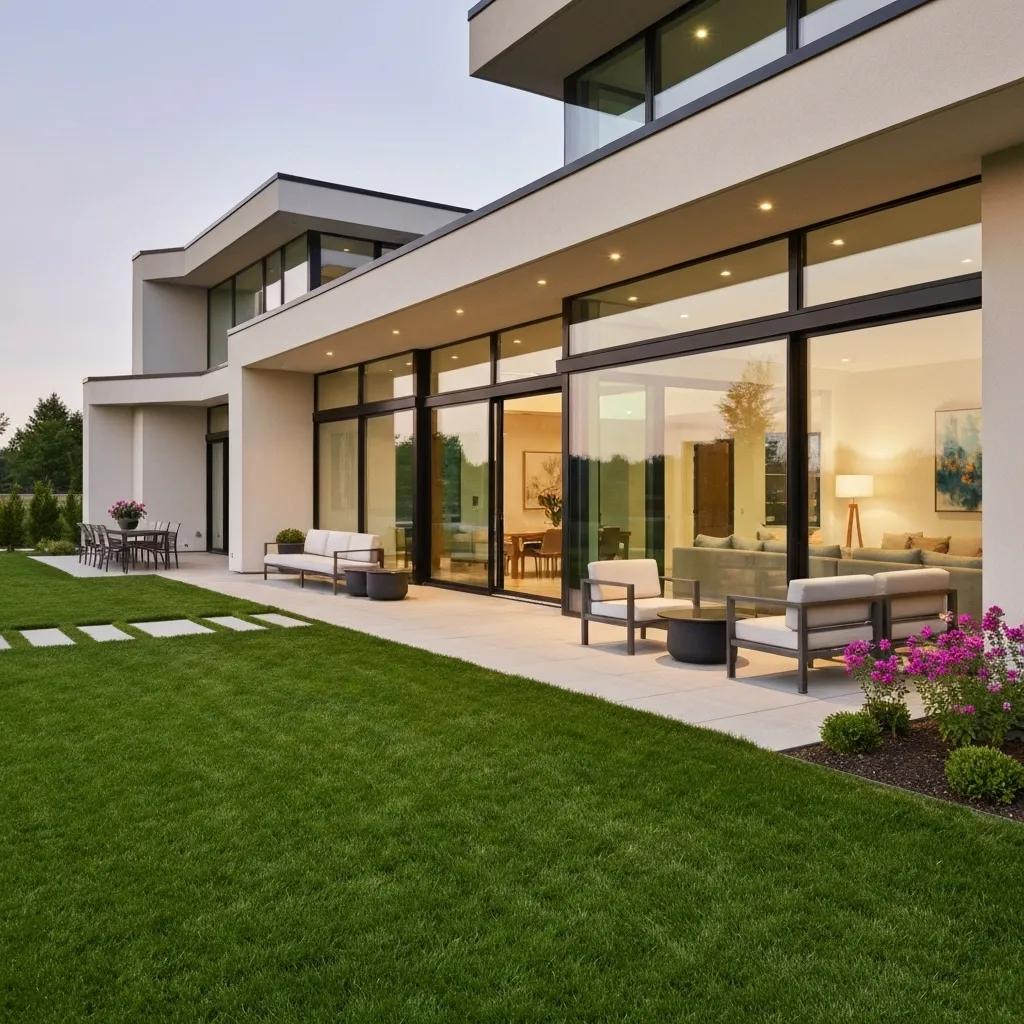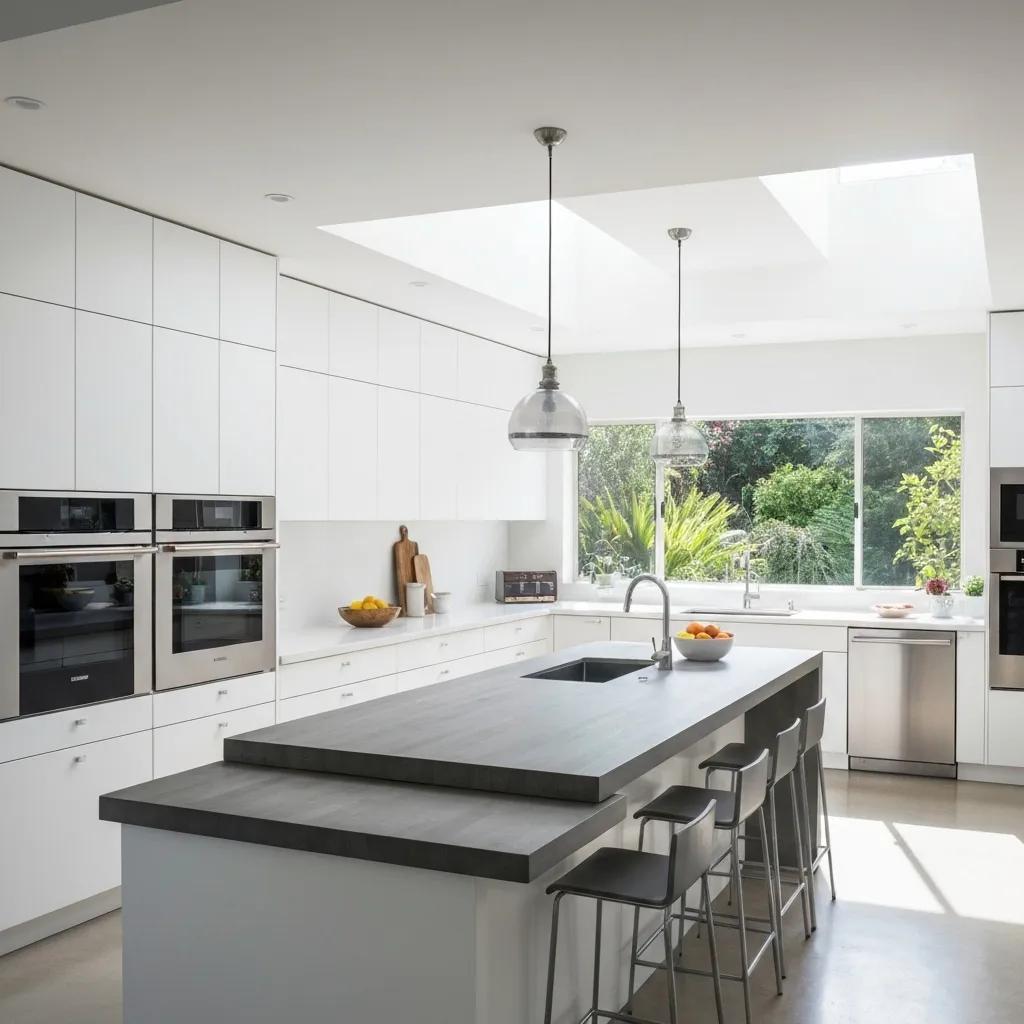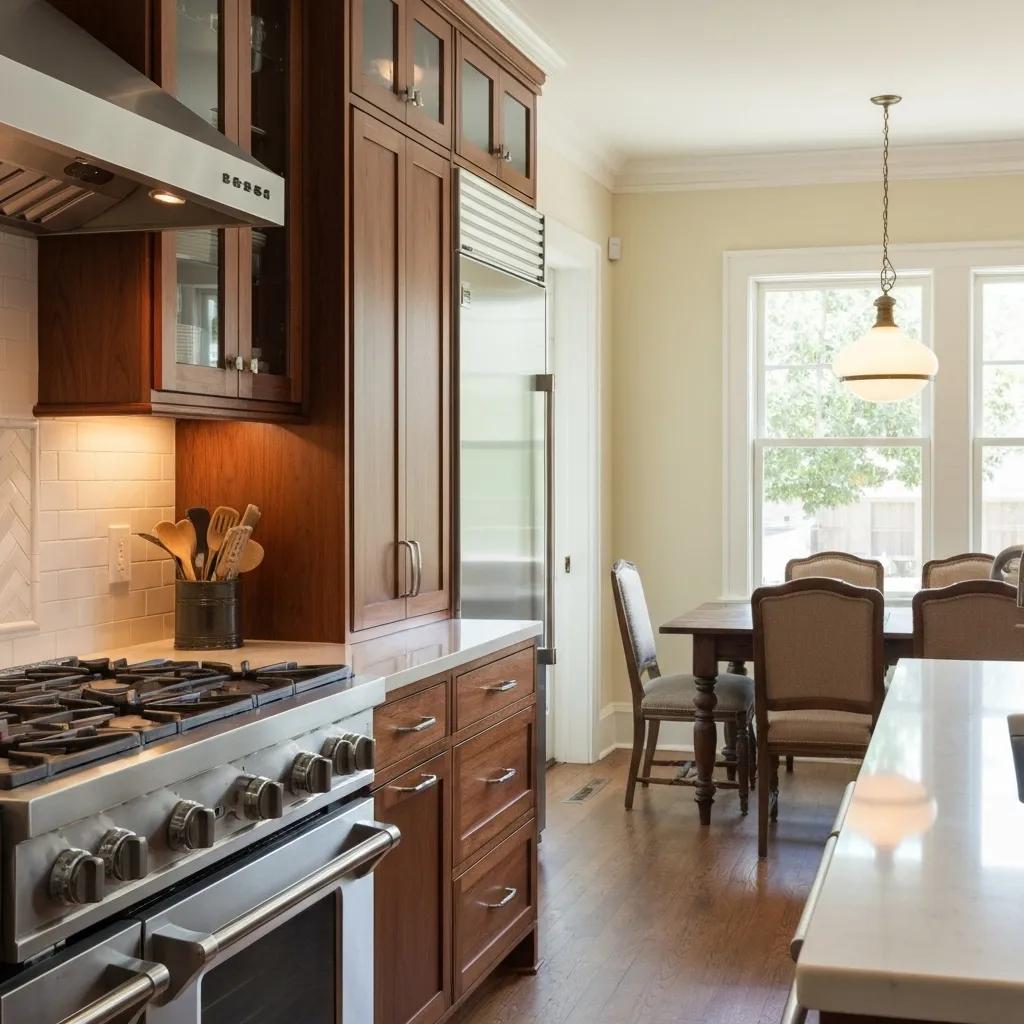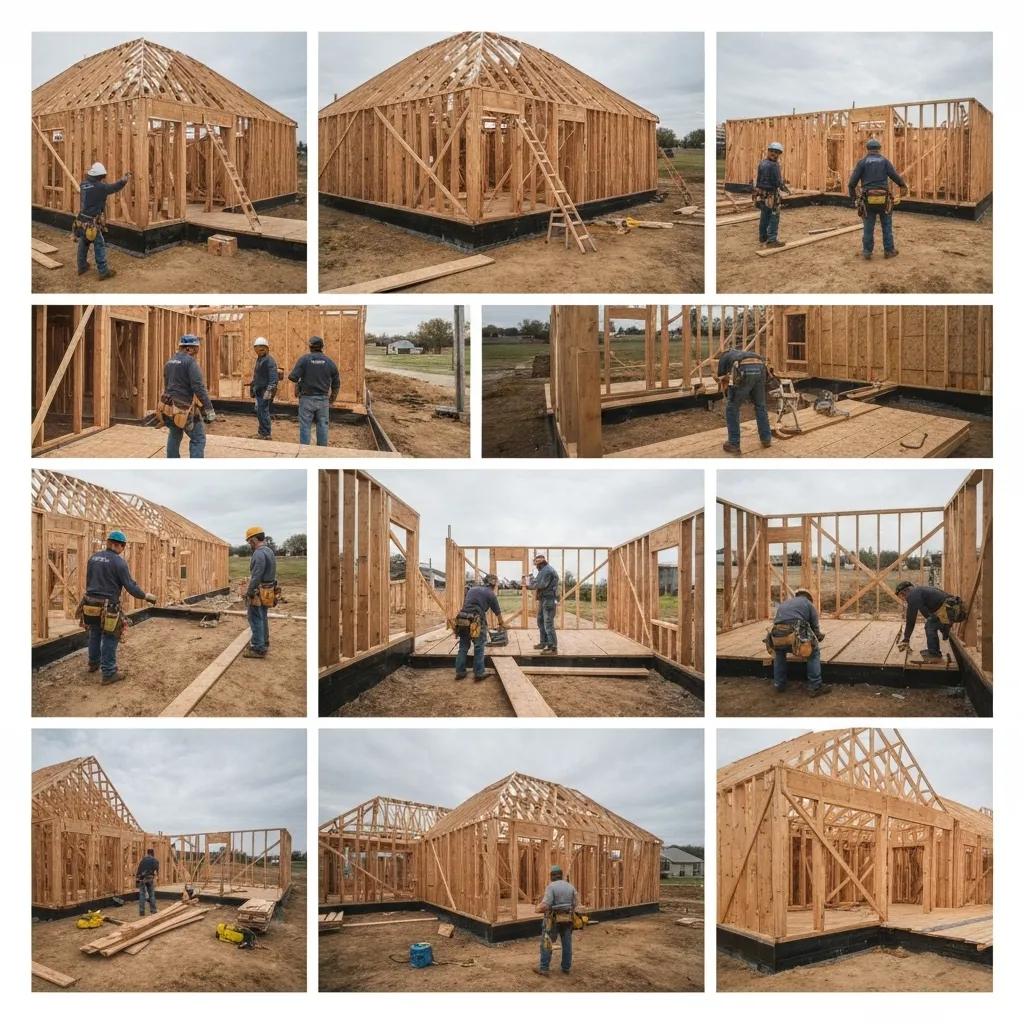
Understanding Iowa Residential Construction Regulations for Home Builders: Comprehensive Guide to Codes, Permits, and Compliance
Starting a home build in Iowa demands navigating a complex network of statutes, model codes, local amendments, and inspection requirements that directly shape your project’s timeline and budget. Over 13,800 new housing units were authorized in Iowa in the past year—a 33.5% surge—underscoring the need for clear guidance on Iowa residential construction regulations. This guide helps homeowners and builders overcome regulatory hurdles by mapping out:
- Key state-adopted building codes and their practical implications
- Step-by-step permit processes and common pitfalls
- Trade-specific plumbing and electrical standards
- Inspection types, enforcement roles, and preparation best practices
- The interplay between state mandates and local ordinances
- Essential legal standards, defect laws, and accessibility rules
- Recent code amendments and legislative changes affecting your project
[Iowa Residential Construction Regulations Overview] The surge in new housing units authorized in Iowa, with a 33.5% increase, highlights the need for clear guidance on residential construction regulations. These regulations encompass building codes, permit processes, and trade-specific standards, impacting project timelines and budgets for both homeowners and builders.
The Busy Builders (2024)
What Are the Key Iowa Building Code Requirements for Residential Construction?

Iowa’s residential construction regulations rest on several model codes adopted with state amendments to ensure safety, energy efficiency, and fire protection. These core requirements define structural design, egress, mechanical systems, and more, creating a consistent baseline for single-family and townhouse projects across every jurisdiction.
Which International Residential Code (IRC) Editions Does Iowa Adopt?
Iowa primarily enforces the 2015 edition of the International Residential Code (IRC) with select state-level amendments to address regional climate, energy goals, and fire safety. The 2018 IRC is available for local adoption but requires a formal ordinance.
[Key Iowa Building Code Requirements] Iowa primarily enforces the 2015 edition of the International Residential Code (IRC) with state-level amendments. These amendments address regional climate, energy goals, and fire safety, creating a consistent baseline for single-family and townhouse projects across every jurisdiction in Iowa.
International Code Council (2015)
Before diving into design details, compare the state-mandated edition and amendment focus areas:
| Edition | Adoption Status | Amendment Focus |
|---|---|---|
| IRC 2015 | State-required | Egress windows, foundation damp-proofing, roof snow loads |
| IRC 2018 | Optional by ordinance | Enhanced seismic provisions, updated mechanical chapters |
| IRC 2021 | Under consideration | Energy provisions aligned to IECC 2021 |
State amendments to the 2015 IRC mandate higher minimum snow loads and specific basement waterproofing requirements, creating a foundation for safe, durable homes that withstand Iowa’s weather extremes.
How Does the International Building Code (IBC) Apply to Iowa Homes?
Although the International Building Code (IBC) targets commercial and multi-family structures, its provisions for fire-resistance ratings, accessibility, and structural materials sometimes overlap with residential buildings over three stories or townhouses attached in series. Builders should verify whether a two-family dwelling with a shared fire wall triggers IBC requirements for reduced exit travel distances or enhanced fire-separation assemblies.
IBC guidelines become critical when a project includes:
- Mixed-use spaces on lower levels
- Accessory dwelling units above garages
- Design elements requiring specialized fire ratings
Understanding these thresholds ensures you apply the correct structural and safety provisions throughout your plans.
What Are Iowa’s Energy Conservation Code Standards for New Homes?
Iowa enforces the 2015 International Energy Conservation Code (IECC) with state amendments targeting thermal envelope performance, duct testing, and efficient lighting. Key requirements include:
- Minimum insulation R-values: R-38 in ceilings, R-21 in walls
- Tight ductwork verified by a maximum 5% leakage rate
- Comprehensive blower-door testing for homes over 3,000 ft²
These standards support both homeowner comfort and long-term utility savings by reducing heat loss and air infiltration, forming a regulatory backbone for energy-smart construction.
What Residential Fire Safety Codes Does Iowa Enforce?
State fire safety regulations align with the National Fire Protection Association (NFPA) 1 Fire Code and NFPA 101 Life Safety Code, targeting single-family dwellings through:
- Hardwired smoke alarms with battery backup in each sleeping level
- Carbon monoxide detectors near bedrooms in homes with fuel-burning appliances
- Fire-suppression provisions in attached garages and public corridors
These measures protect occupants and property while bridging state requirements with local Fire Marshal inspections that verify alarm placement and system functionality before final occupancy.
How Does the Iowa Residential Permit Process Work for Home Builders?

Securing permits in Iowa involves multiple trades, document reviews, and timing considerations that can make or break your project schedule. A clear roadmap helps homeowners and contractors avoid delays, unnecessary rework, and code violations.
When Is a Building Permit Required for Iowa Home Construction?
A building permit is mandatory for nearly all new residential construction, structural alterations, and additions in Iowa. You must obtain approval before:
- Framing walls or altering load-bearing elements
- Adding square footage or modifying rooflines
- Installing new mechanical, electrical, or plumbing systems
- Constructing detached accessory buildings over 200 ft²
Securing a permit upfront ensures your project aligns with local building code enforcement and avoids work stoppages.
What Types of Residential Permits Are Needed in Iowa?
Beyond the primary building permit, specialized trade permits safeguard system design and installation quality. Common permits include:
| Permit Type | Regulated Work | Typical Documentation |
|---|---|---|
| Building Permit | Structural framing, foundations | Site plan, architectural drawings |
| Electrical Permit | Service feeders, branch circuits | Electrical riser diagram, load calculations |
| Plumbing Permit | Water supply, drain-waste-vent | Plumbing layout, fixture schedule |
| HVAC Permit | Ductwork, gas piping, equipment | Mechanical plan, energy compliance form |
Each permit requires separate plan reviews, fees, and inspection schedules, collectively ensuring that every system meets safety and performance benchmarks.
What Is the Step-by-Step Process to Apply for Iowa Building Permits?
A streamlined permit workflow prevents last-minute surprises:
- Pre-Application Meeting – Consult local building department for jurisdictional nuances.
- Submit Permit Packets – Provide site plans, floor plans, structural details, energy compliance forms.
- Plan Review – Officials verify code compliance, request clarifications or revisions.
- Fee Payment – Typically based on valuation; expect separate fees for building, electrical, plumbing, and HVAC.
- Permit Issuance – Display permits at the jobsite before commencing work.
- Schedule Inspections – Book rough-in, framing, mechanical, and final inspections in advance.
This sequence minimizes back-and-forth and helps you anticipate review timelines and associated costs.
How Do Local Jurisdictions Affect Permit Requirements in Iowa?
Counties and cities in Iowa have authority to adopt stricter provisions or newer code editions. For example: your guide to home building materials options in iowa
- Polk County enforces the 2018 IRC for energy chapters.
- Johnson County requires additional site grading permits near floodplains.
- Scott County implements expanded egress window dimensions in older neighborhoods.
Understanding local amendments early in design prevents costly resubmissions and speed bumps during construction.
What Are Common Permit Application Mistakes to Avoid?
Even experienced builders encounter recurring pitfalls that delay approval:
- Omitting energy compliance documentation or blower-door test results
- Submitting site plans without accurate setback measurements
- Failing to list all trades and associated permit fees
- Ignoring local zoning overlays or floodplain restrictions
Avoiding these errors accelerates permit turnaround and keeps your project on track.
What Are the Iowa Plumbing and Electrical Codes Home Builders Must Follow?
Ensuring safe water delivery and reliable electrical systems hinges on following both national model codes and Iowa-specific amendments that reflect local health and safety priorities.
How Does the Uniform Plumbing Code (UPC) Apply to Iowa Residential Construction?
Iowa adopts the current edition of the Uniform Plumbing Code (UPC) with amendments on water heater seismic restraint, fixture clearances, and backflow prevention. Core UPC mandates include:
- Minimum 1-inch drain piping for tub/shower combinations
- Pressure-reducing valves in high-rise installations
- Approved material lists for pipe, fittings, and venting
These provisions protect potable water quality, control backflow risks, and guarantee adequate waste removal in all homes.
What Are the National Electrical Code (NEC) Requirements for Iowa Homes?
The National Electrical Code (NEC) drives safe wiring practices statewide, with Iowa requiring: top energy practices for sustainable homes in iowa explained.
- AFCI protection in all bedroom circuits
- GFCI outlets in kitchens, bathrooms, garages, and outdoor receptacles
- Dedicated circuits for HVAC equipment and electric vehicle charging
- Grounding electrode systems bonded per Section 250.50
Compliance with these NEC chapters reduces fire hazards and electric shock risks throughout the living space.
What Are the Permit and Inspection Requirements for Plumbing and Electrical Work?
Trade-specific permits demand both plan approval and staged inspections:
- Rough-In Inspection – Verifies piping or conduit placement before wall closure
- Pressure/Leak Test – Confirms plumbing system integrity under anticipated loads
- Electrical Rough-In – Checks wiring configuration, box fill, and grounding
- Final Inspection – Confirms fixtures, appliances, and safety devices operate correctly
Adhering to these checkpoints ensures every installed system meets performance and safety standards before occupancy.
How Are Residential Construction Inspections Conducted in Iowa?
Inspections serve as compliance checkpoints that safeguard building quality, code adherence, and occupant safety. Understanding each inspection type and enforcement role streamlines project milestones.
What Types of Inspections Are Required During Iowa Home Building?
Home construction in Iowa typically involves:
- Footing/Foundation Inspection – Verifies excavation, reinforcement, and form placement.
- Rough-Framing Inspection – Confirms structural members, fire blocking, and formwork.
- Mechanical/Plumbing/Electrical Rough-Ins – Checks buried pipes, wires, and ductwork.
- Insulation/Blower-Door Test – Validates energy code compliance.
- Final Inspection – Ensures all systems function, safety devices are installed, and egress paths are clear.
Who Enforces Building Codes and Inspections in Iowa?
Enforcement partnerships include:
- Iowa Department of Inspections, Appeals, and Licensing (DIA) – Oversees state-wide plan reviews and licensure of trade professionals.
- State Fire Marshal – Reviews fire safety plans, inspects alarm and suppression systems.
- Local Building Departments – Conduct on-site inspections, issue stop-work orders for non-compliance.
This multi-agency framework balances statewide consistency with local oversight.
How Can Home Builders Prepare for Successful Inspections?
Well-prepared builders follow these best practices:
- Keep permit placards visible and approved plans onsite.
- Pre-check rough-in elements against approved sketches.
- Use checklists for code-required details such as fire blocking and outlet spacing.
- Schedule inspections in advance to align with trade sequencing.
Proactive communication with inspectors and clear documentation smoothes each approval milestone.
How Do Local vs. State Regulations Impact Iowa Residential Construction?
Navigating overlapping jurisdictions requires recognizing when state legislation sets a baseline and when local amendments add special requirements.
What Is the Role of Local Jurisdictions in Enforcing Building Codes?
Cities and counties enforce the state-adopted building code while retaining authority to:
- Adopt newer code editions or supplements
- Impose local amendments for floodplain overlays, historic districts, or energy rebates
- Charge permit fees calibrated to local labor and review costs
Local enforcement ensures regulations reflect community priorities without undermining statewide safety standards.
How Do Zoning Laws Affect Residential Construction in Iowa?
Zoning ordinances shape lot coverage, building height, and permitted uses. Key zoning considerations include:
- Minimum setbacks from property lines and public rights-of-way
- Maximum floor-area ratios and impervious surface limits
- Overlay districts for floodplains, wetlands, and conservation areas
Understanding zoning early prevents site plan revisions and costly redesigns.
What Are County-Specific Building Code Variations in Iowa?
Counties tailor code adoptions to local requirements:
- Polk County enforces enhanced attic ventilation and updated solar-ready roof provisions.
- Johnson County requires pre-construction grading permits near streams.
- Scott County mandates masonry smoke chamber construction for open masonry fireplaces.
Consult local building department guidelines to adhere to these regional nuances.
What Are the Key Construction Standards and Laws Affecting Iowa Home Builders?
Beyond technical codes, a framework of minimum standards and legal protections governs construction quality and dispute resolution.
What Are Iowa’s Minimum Housing Construction Standards?
Iowa Code Chapter 103A mandates baseline requirements for:
- Structural integrity of framing, foundations, and roofs
- Adequate ventilation, sanitation, and weatherproofing
- Safe electrical service, plumbing distribution, and mechanical systems
These standards protect homeowners by preventing substandard work and ensuring basic habitability.
How Do Iowa Construction Defect Laws Protect Homeowners and Builders?
Iowa’s construction defect statutes outline:
- Builder Warranties – Presumed one-year workmanship warranty for new homes.
- Notice Procedures – Written notice requirements before defect claims.
- Dispute Resolution – Mediation or arbitration before litigation.
Clear legal frameworks help both parties resolve issues fairly and preserve reputations.
What Are the Regulations for Home Inspectors in Iowa?
Home inspectors require state licensure through DIA, which enforces:
- Education and experience prerequisites
- Standardized inspection report formats
- Continuing education on new code editions
Certified inspectors provide objective compliance assessments that safeguard buyer and builder interests.
What Accessibility Requirements Apply to Residential Construction in Iowa?
While full ADA compliance is not mandatory for private single-family homes, Iowa enforces accessibility features in:
- Residential care facilities and group homes
- Publicly funded housing projects
- Model visitability standards recommending zero-step entries, wider doorways, and reinforced grab-bar walls
Proactive accessibility planning enhances resale value and accommodates future homeowner needs.
What Recent Updates and Changes Should Iowa Home Builders Know?
Staying current with legislative amendments and code revisions is essential for uninterrupted construction and code compliance.
What Are the Latest Amendments to Iowa Residential Building Codes?
Effective July 2024, key state amendments include:
- Mandatory blower-door testing for homes over 3,000 ft²
- Revised wind design loads based on updated FEMA maps
- Expanded fire separation requirements for attached garages
Builders must incorporate these changes into designs to avoid re-submissions.
How Will Senate File 460 Affect Home Inspections Starting July 2025?
Senate File 460 introduces:
- Stricter inspector education requirements for new home construction
- Enhanced defect reporting procedures within the first two years of occupancy
- Mandatory disclosures on energy performance ratings
These provisions aim to boost homeowner confidence and reduce post-occupancy disputes.
How Are Energy Code Updates Impacting New Home Construction in Iowa?
Anticipated IECC 2021 alignment will require:
- Higher envelope performance targets (e.g., R-49 ceilings)
- Mandatory heat pump water heaters for improved efficiency
- Solar-ready roof zones in new subdivisions
Early integration of these elements secures utility rebates and long-term operating savings.
Building a new home in Iowa encompasses more than blueprints and contractors—it requires disciplined navigation of statewide codes, local amendments, permit workflows, inspection protocols, and legal frameworks. By mastering these Iowa residential construction regulations, homeowners and builders reduce surprises, control costs, and deliver safe, efficient, code-compliant dwellings that stand the test of time. Trust clear guidance, thorough planning, and proactive communication to transform complex requirements into a streamlined path from permit to occupancy.
Frequently Asked Questions
What are the consequences of not adhering to Iowa's residential construction regulations?
Failing to comply with Iowa’s residential construction regulations can lead to significant consequences, including fines, work stoppages, and the need for costly rework. Non-compliance may also result in legal liabilities if safety issues arise, potentially endangering occupants. Additionally, homeowners may face challenges when trying to sell their property, as buyers often require proof of compliance with local building codes. Therefore, understanding and adhering to these regulations is crucial for both builders and homeowners to ensure safety and legal protection.
How can builders stay updated on changes to Iowa construction codes?
Builders can stay updated on changes to Iowa construction codes by regularly checking the Iowa Department of Inspections, Appeals, and Licensing (DIA) website, which provides information on code amendments and updates. Joining local builder associations or trade organizations can also be beneficial, as they often share news and resources related to regulatory changes. Additionally, attending workshops, seminars, and training sessions focused on building codes can help builders remain informed about the latest requirements and best practices in the industry.
What should homeowners know about hiring licensed contractors in Iowa?
Homeowners in Iowa should ensure that contractors are properly licensed and insured before hiring them for residential construction projects. This includes verifying that the contractor holds the necessary state and local licenses, which demonstrate their compliance with building codes and regulations. Homeowners should also request references and review past work to assess the contractor’s reliability and quality. Additionally, having a written contract that outlines the scope of work, timelines, and payment terms can protect homeowners and ensure a smoother construction process.
Are there specific energy efficiency requirements for new homes in Iowa?
Yes, Iowa enforces specific energy efficiency requirements for new homes, primarily based on the 2015 International Energy Conservation Code (IECC) with state amendments. These requirements include minimum insulation R-values, duct testing for air leakage, and blower-door testing for larger homes. Compliance with these standards not only enhances homeowner comfort but also contributes to long-term energy savings. Builders must ensure that their designs meet these energy efficiency criteria to avoid delays in the permit process and to promote sustainable construction practices.
What role do local building departments play in the construction process?
Local building departments play a critical role in the construction process by enforcing state and local building codes, issuing permits, and conducting inspections. They ensure that construction projects comply with safety standards and zoning regulations. Local officials review submitted plans, provide guidance on code compliance, and perform on-site inspections at various stages of construction. Their oversight helps maintain the integrity of the built environment and protects public safety, making their involvement essential for successful project completion.
How can builders effectively communicate with local inspectors?
Effective communication with local inspectors is vital for a smooth construction process. Builders should establish a rapport with inspectors by being respectful and professional during interactions. It’s important to schedule inspections in advance and be prepared with all necessary documentation and plans on-site. Builders should also be open to feedback and willing to address any concerns raised by inspectors promptly. Regular updates on project progress and proactive communication about any changes can help build trust and facilitate a collaborative working relationship.
What are the implications of local amendments to building codes in Iowa?
Local amendments to building codes in Iowa can significantly impact construction projects by introducing stricter requirements or additional regulations that builders must follow. These amendments may address specific regional concerns, such as floodplain management, energy efficiency, or historical preservation. Builders need to be aware of these local variations early in the design process to avoid costly delays and rework. Consulting with local building departments and reviewing local ordinances can help ensure compliance and streamline the construction process.
